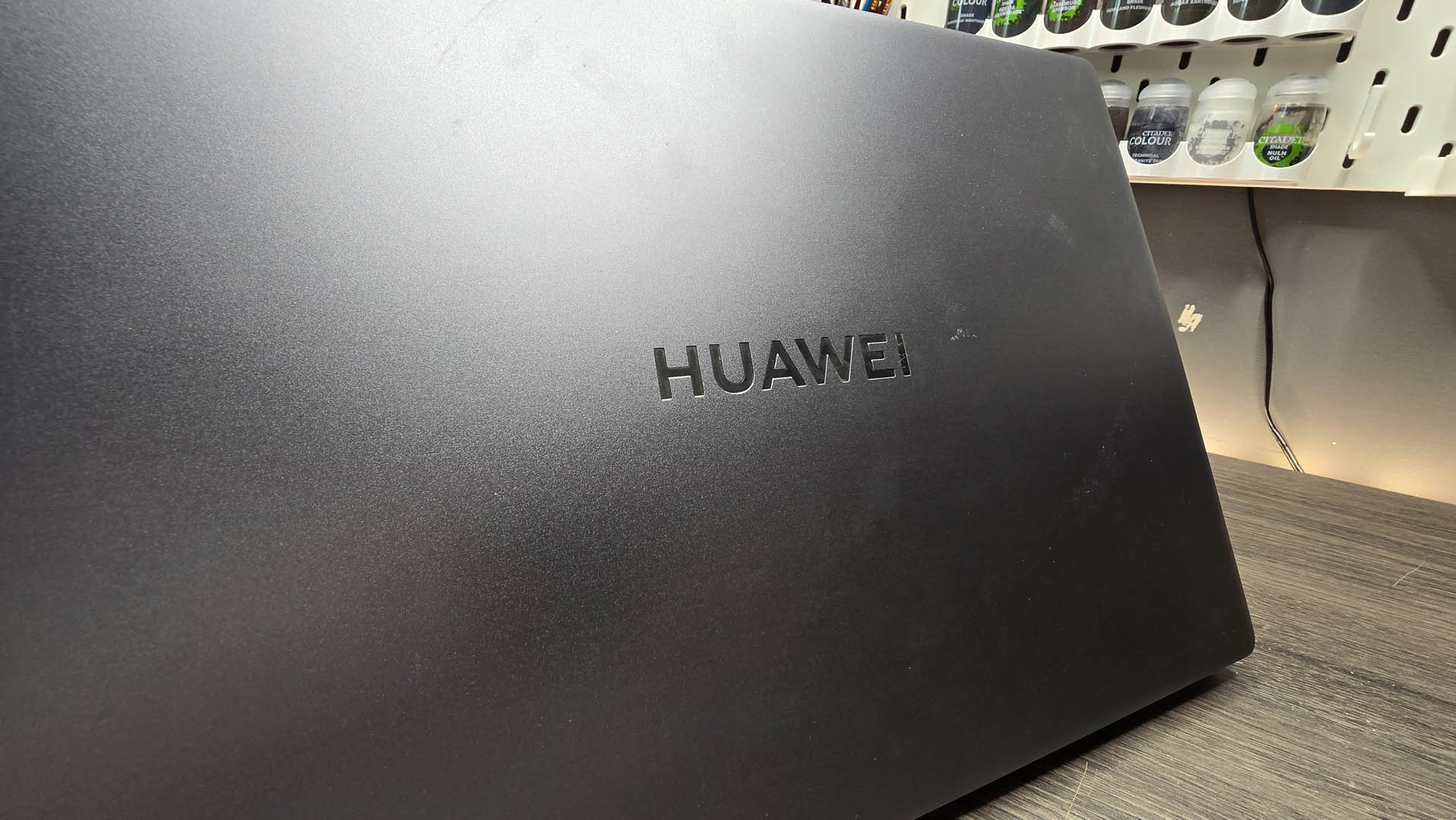Forget Windows 11 or macOS – Huawei is making its own desktop OS from scratch and it could be out by the end of 2024
Huawei to take on Windows with macOS-inspired operating system for PC

Huawei is looking to take on the big players in the desktop operating system arena with its own Android-free PC alternative. Reports indicate that the Chinese tech giant’s new OS could ship later this year, and that its design will be macOS-inspired.
Looking to take on mainstays like Windows 11 and woo users away, Huawei already has the expertise and experience of making its own operating system, HarmonyOS - and a new iteration, HarmonyOS Next - for mobile devices and wearables like smartwatches. Working against Huawei, though, is the fact it’s been facing scrutiny around concerns that its products supposedly facilitate surveillance by the Chinese government.
Jason Will, who Windows Central names as a HarmonyOS developer, posted on X to point out that an increasing amount of images showing interface layouts for the PC version of HarmonyOS Next are appearing on Huawei’s developer website. Jason Will goes on to suggest that this means a desktop incarnation of HarmonyOS for PCs is going to be launched in the last quarter of 2024.
The increasing appearance of HarmonyOS PC version UI layouts on Huawei's developer website suggests that HarmonyOS Next for PC is definitely set to launch in Q4 this year. pic.twitter.com/oEmRAsN0CCJuly 16, 2024
The troubled backstory to HarmonyOS
While the prospect of converting Windows users to HarmonyOS Next might be part of what’s motivating this move by Huawei, there’s also the fact that the US government put restrictions on Huawei that prevented it from utilizing Windows and Android on its devices. More specifically, the US imposed sanctions that prohibited American tech companies like Google, which develops Android, and Microsoft, which develops Windows, from doing business with Huawei.
These measures meant that Huawei was not allowed to pre-install Windows or Android on the smartphones, laptops, and other devices it manufactures. So, presumably this was the main driving factor in Huawei developing its own operating systems and software, which would additionally enable developers to make apps on its platform and distribute them.
Before all this happened, Huawei had established itself as a popular brand outside of Asia, catching the attention of consumers with Windows laptops and tablets which were praised for having great displays and slim, well thought out designs. The same was true of its smartphones which definitely carved out a fanbase in the US, Europe and elsewhere.

Could HarmonyOS Next on PC succeed?
I would expect the design of the PC flavor of HarmonyOS Next to be consistent with the other operating systems in the HarmonyOS umbrella.
Sign up for breaking news, reviews, opinion, top tech deals, and more.
Looking closely at Jason Will’s shared images of HarmonyOS Next for PCs, it seems that the operating system’s design is heavily influenced by macOS (or indeed, copied from, the more cynical might suggest), including a similar status bar, dock bar, and overall aesthetic.
Notably, HarmonyOS Next is open source, and completely Android-free, being built on its own microkernel (the core building blocks of an operating system) which gives it some impressive performance advantages, or so Huawei claims.
As Windows Central observes, the idea therefore seems to be for HarmonyOS Next to exist totally independently of software from US companies, abandoning Android completely - and of course that means apps will need to be developed for the operating system from scratch, too.
Apparently, developers can dive in now as HarmonyOS Next has been released as a developer sandbox to build and test applications. Naturally, building up the software ecosystem around the OS will take some time, and is a vital element of its success (or lack therein).
Now, making an operating system that’s totally independent of US software is unlikely to win the confidence of US legislators, or banish any wider surveillance-related concerns (despite HarmonyOS Next’s open-source nature). So, Huawei’s desktop OS is set to face a serious uphill struggle in other regions, but in China - a huge market - Huawei might poach a significant number of users away from Windows. And maybe some users in other countries could even follow - especially given that Windows 10 hits end-of-support late next year.
YOU MIGHT ALSO LIKE...
Kristina is a UK-based Computing Writer, and is interested in all things computing, software, tech, mathematics and science. Previously, she has written articles about popular culture, economics, and miscellaneous other topics.
She has a personal interest in the history of mathematics, science, and technology; in particular, she closely follows AI and philosophically-motivated discussions.